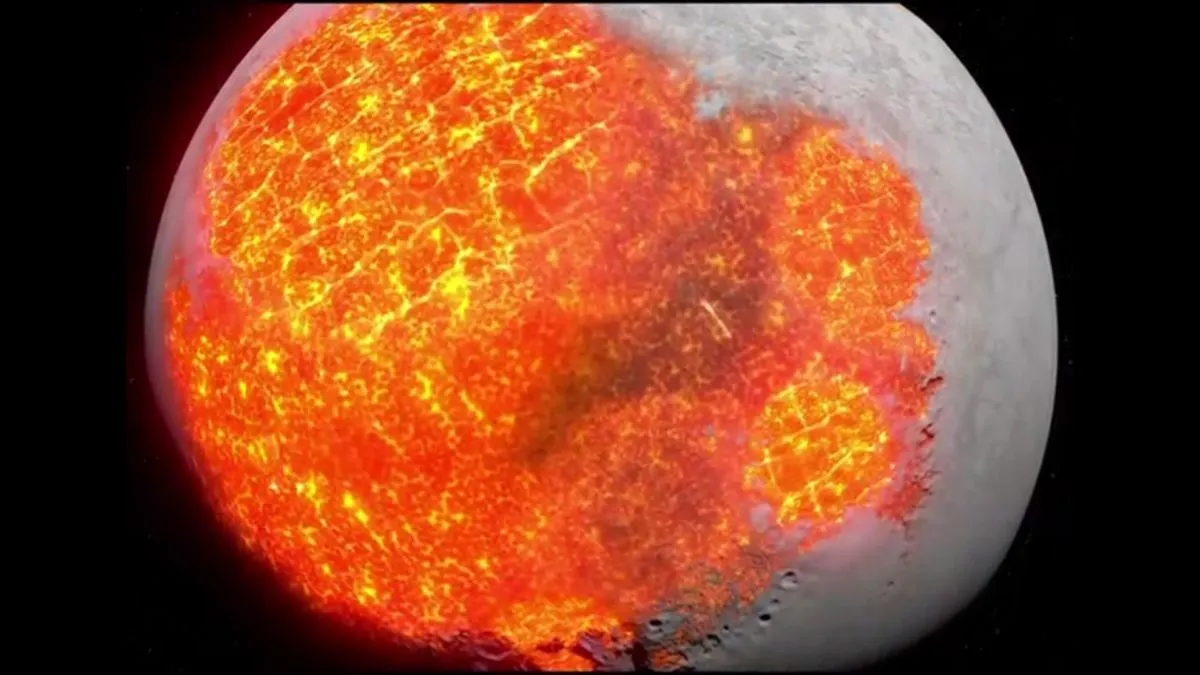
Recent findings from samples collected by China's Chang'e 6 mission have provided invaluable insights into the history of the moon, particularly its enigmatic far side. Launched in early May 2024, the Chang'e 6 mission successfully landed in the expansive South Pole-Aitken (SPA) basin and returned to Earth with a remarkable 4 pounds and 4.29 ounces (1,935.3 grams) of the first-ever samples from the moon's far side in late June.
New research conducted by scientists from the Chinese Academy of Geological Sciences and published in the prestigious journal Science reveals that the analysis of these lunar samples supports an established model of the moon's early history. According to this model, the moon was once enveloped in a global liquid magma ocean shortly after its formation, a state that likely persisted for tens to hundreds of millions of years.
By examining basalt fragments retrieved from the South Pole-Aitken region, the scientists found that these rocks share a strikingly similar composition to the low-titanium basalts previously collected by NASA's Apollo missions on the moon's near side. This connection significantly enhances our understanding of the moon's volcanic processes and the geological history that shaped its surface.
Interestingly, some materials in the Chang'e 6 samples displayed deviations from the compositions found in Apollo mission samples, particularly in the ratios of certain Uranium and Lead isotopes. The research paper proposes that the colossal impact that formed the approximately 1,600-mile (2,500 kilometers) wide SPA basin around 4.2 billion years ago altered the chemical and physical properties of the moon's mantle in this area.
Chang'e 6 marks China's second lunar sample return mission, following the successful Chang'e 5 mission in 2020, which focused on the moon's near side. The initial analysis of the Chang'e 6 samples indicates several differences compared to the nearside samples, including variations in density, structure, and concentrations of signature chemicals. Such differences could redefine our understanding of the moon's geological history.
As scientists continue to analyze the data from the Chang'e 6 mission, further research may lead to groundbreaking concepts and theories regarding the origin and evolution of the moon. The findings from this mission not only enhance our lunar knowledge but also pave the way for future explorations and studies of our celestial neighbor.